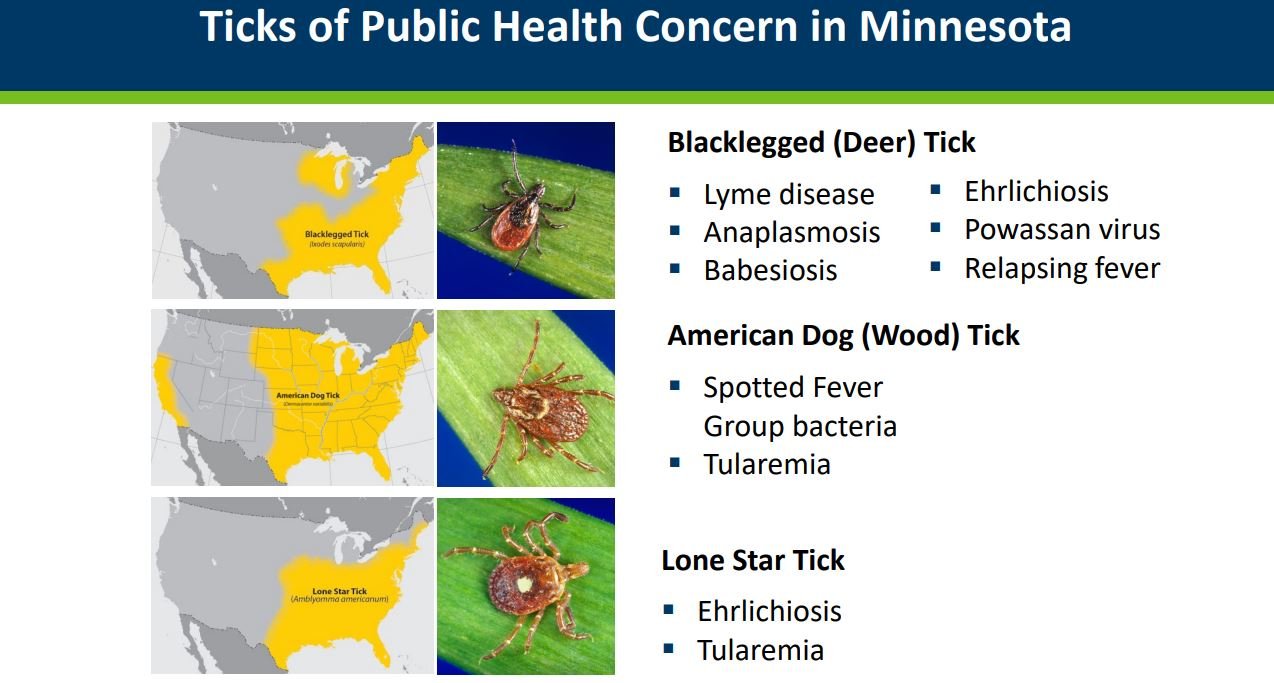Twin Cities Metro Area Sees Rise in Animal Tularemia Cases Among Cats
ST PAUL, MINNESOTA - According to a press release from the Minnesota Department of Health (MDH) and the Minnesota Board of Animal Health (BAH), they are actively monitoring an alarming uptick in tularemia, otherwise known as “rabbit fever” cases among animals in Minnesota, particularly affecting cats in the Twin Cities metro area. Health officials have noted that this bacterial infection, which can also infect humans, is becoming more prevalent, prompting increased vigilance and testing by veterinarians.
Sharp Rise in Animal Cases
Typically, Minnesota reports about seven animal tularemia cases annually. However, 2023 saw a substantial rise with 21 reported cases, and the trend appears to be continuing into 2024, with seven cases already documented. Veterinarians have observed additional animals showing clinical signs consistent with tularemia, although these cases have not yet been confirmed through testing.
Tularemia, a potentially serious disease caused by the bacterium Francisella tularensis, naturally occurs in the United States. The bacterium is commonly found in wildlife, especially in rabbits, squirrels, and other rodents. Pets, especially cats, are at increased risk of contracting tularemia through hunting infected wildlife or through tick and fly bites. Symptoms in animals include high fever, weakness, loss of appetite, skin or mouth ulcers, and swollen lymph nodes.
Increased Vigilance Urged
Maria Bye, senior epidemiologist in the Zoonotic Diseases Unit at MDH, attributes part of the increase to heightened awareness and testing by veterinary professionals. "Pet owners need to be aware that cats, especially, can become very ill with a high fever and can quickly succumb to the disease. It’s important for pet owners to be aware of this disease in their pets because it is possible for a person to become infected as well," said Bye.
While animal cases are on the rise, human cases of tularemia in Minnesota remain relatively rare, with six or fewer cases reported annually. Humans can contract tularemia through tick and fly bites, bites and scratches from infected pets, or direct contact with infected animals. Notably, tularemia is not spread from person to person.
The American Dog (Wood) Tick and the Lone Star Tick are the two ticks that are known for being a potential carrier of tularemia in the state of Minnesota.
Human Cases in 2024
In May 2024, a person from Ramsey County contracted tularemia after being bitten by a stray cat, and another individual from Hennepin County became infected in June after mowing over a dead animal. Human symptoms of tularemia typically appear three to five days after exposure and include sudden onset of fever, skin ulcers, swollen lymph nodes, headaches, chills, joint and muscle pain, and nausea.
According to the U.S. Centers for Disease Control and Prevention (CDC), a doctor treats Tularemia through antibiotics. While a vaccine for tularemia is not currently available in the United States, the Food and Drug Administration is actively reviewing a possible vaccine.
Preventative Measures
To prevent tularemia, health officials recommend the following precautions:
Keep cats indoors and prevent pets from hunting small animals.
Administer tick-preventative medications to pets.
Use insect repellents to protect against tick and fly bites.
Avoid contact with wild animals, and wear gloves if handling is necessary.
Pet owners who notice symptoms consistent with tularemia in their pets, especially those with significant outdoor exposure or known contact with rabbits or rodents, are encouraged to seek veterinary evaluation. Anyone bitten or scratched by a potentially infected animal should contact MDH at 651-201-5414 and consult their healthcare provider.
Pet owners and the general public are urged to stay informed through MDH and BAH communications for further information and updates on tularemia.
Written by Will Wight
Cover Photo by Peter Lam CH on Unsplash

